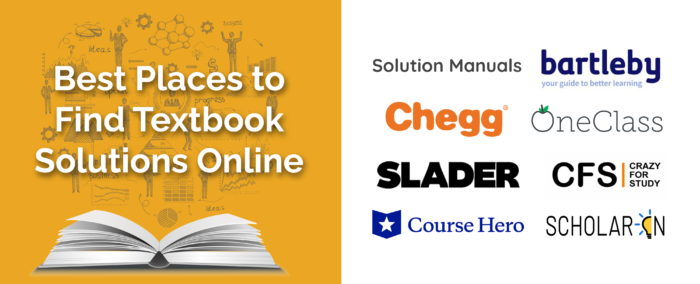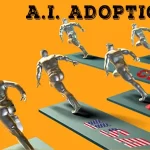The Internet places the whole world at our fingertips. We can be miles apart and yet connected with the help of social media. The Internet has spread its roots so deep, that we cannot go through even a single day without it. As global citizens, a high percentage of the human population completely depends on the Internet for information requirements. With everything available online, there are more chances of copying and stealing content for various purposes. The extensive requirement of information thus leads to more instances of Plagiarism, which is illegal. Consequently, concern for avoiding plagiarism-related issues becomes apparent.
The content available online is termed as Intellectual Property and is legally protected under copyright, trademark, franchise, etc. It demonstrates the scholarly and academic integrity of the respective owner. Copying or stealing content is thus deemed an unlawful and punishable offense.
The field of education has also witnessed a paradigm shift in teaching-learning methodologies that make use of technology. Teachers can devise interactive lessons that help the learners to understand the concepts better. And learners get access to numerous courses on an open learning platform. However, the information available on the Internet cannot always be used as it is, without duly acknowledging the creator. Therefore, writing and publishing something on the Internet requires a special emphasis on the practices that help avoid plagiarism.
Plagiarism can be of several types. Even using the same content repeatedly is termed as Self-Plagiarism, which falls under the umbrella term of Plagiarism. In this article, we recommend certain practices for avoiding plagiarism in various kinds of content.
Practices for Avoiding Plagiarism
Producing plagiarism-free content can be challenging at times. Regardless of how difficult it seems, prioritize producing only original content, keeping in mind the serious legal repercussions of plagiarizing content.
I. Understanding Plagiarism
A little knowledge is a dangerous thing. To produce great, plagiarism-free content, it is extremely important to understand the meaning of plagiarism, its types, and its consequences. (Refer to our Plagiarism article for these.)
II. Paraphrasing
Paraphrasing refers to presenting the information in your own words without altering its actual meaning. This includes the use of synonyms or other forms of words that express the same meaning as the source. While it may seem easy, paraphrasing sometimes may slip into plagiarism if not practiced appropriately.
III. Providing Citations
Providing citations is a way of giving due credit to the owner of the original content. It is a good practice to include citations in your content as it is useful for avoiding plagiarism.
IV. Quoting
Using short quotations is preferable for avoiding plagiarism. It should be noted here that quotations should be used sparingly as excessive quotations make the text difficult to read. Additionally, they should not be too long.
V.Presenting Original Ideas
Instead of copy-pasting exact words from the source content, come up with creative ways of describing an idea originally, adding a new perspective to it.
VI. Avoiding Self-Plagiarism
Presenting original ideas may sometimes turn into self-plagiarism. This happens when the same words and phrases are used for specific content on multiple platforms. This has the same repercussions as plagiarism and must be avoided at all costs.
VII. Asking Permission
While using small parts of original content for transformative use, make sure that the source author identifies their content in the category of ‘Fair Use’. In case this is not clear, ask for permission from the copyright holder before using the content to avoid plagiarism-related issues.
VIII. Developing Unique Writing Style
The best way of avoiding plagiarism is to develop a unique writing style. Put your imagination to work by producing content with varied vocabulary. Eventually, a unique writing style will develop over time.
IX. Checking for Possible Plagiarism
It is always a good idea to check the content for possible and unintended plagiarism. Many software available on the Internet can be used to detect plagiarized content for free. These provide a detailed report of the content, containing the plagiarized parts and the information about the source content. Grammarly Premium, Plagiarism Checker X, Copyspace, and PlagTracker are a few software that can be utilized for this.

Conclusion
Creating any sort of content is an art not all can master. Quality of the content reflects the knowledge, understanding, and skills of the creator gained and developed with repeated practice. If viewed from a wider perspective, writing can be seen as a form of expression that ultimately impacts all the aspects of human personality. Every person has an exclusive way of expressing opinions, thoughts, and feelings. Thus, plagiarizing is never a good idea in any situation. It is an unethical act that equals stealing and must be avoided at all costs. One must have a sound understanding of plagiarism and should adhere to the guidelines mentioned in this article to produce original content that is free of plagiarism.
Sources referred to for research: Ediqo
Image: Freepik
For more information, visit our blog. Create. Engage. Inspire.

















